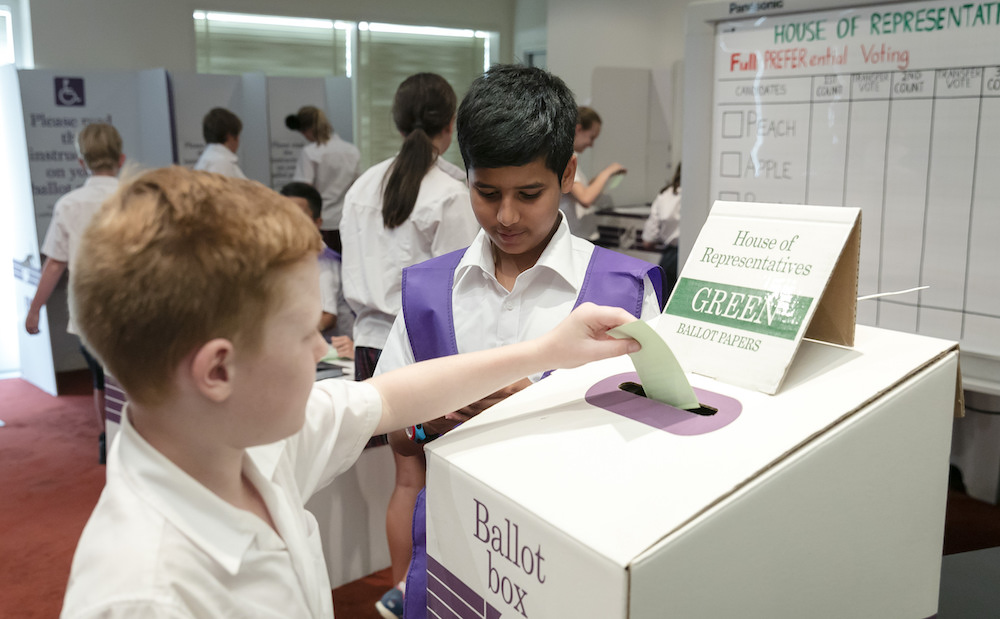
The Labor Party has pledged to create a A$280 million research institute to “take politics out of the classroom” and “put an end to decades of ideological battles about school education”, if it wins the next federal election.
Announcing the policy, Shadow Education Minister Tanya Plibersek said:
Politicians shouldn’t tell teachers how to do their jobs, or be using schools as ideological battlegrounds.
Read more: Labor’s struggle to remain ‘the education party’
This “ideological battleground” is not just plucked from thin air for political point-scoring –– it reflects viewpoints that are deeply embedded in Australian society. Schools are sites where social privilege is reflected and reproduced for the next generation, and the disadvantaged have opportunities for economic and social mobility. And teaching and teacher education are “inherently and unavoidably political”.
Education research itself is also inherently political and can never be objective and value-free. Yet Labor’s proposal favours a particular and well-critiqued research approach.
The medical model won’t work
Labor’s pledge would inject much-needed funds into education research. But its announcement problematically evoked a biomedical model of research and teaching practice:
Just as doctors draw on the best new research when they are deciding how to treat their patients, we want to better support teachers do the same for their students.
When applied to education, the model is less convincing. Dispensing a pill is unlike dispensing a curriculum. The effects of an educational experiment also can’t be easily measured – unlike, say, a reduction in blood pressure. And the medical metaphor is premised on deficit: both students and their communities are seen as problems that need to be treated.
Read more: How school teachers could become the foot soldiers of education research
So, this model – where teachers are viewed as clinicians, and models of teacher education are marketed – hardly seems appropriate.
The rise of such ‘institutes’
Over the last 25 years, the number of research institutes designed to gatekeep knowledge production and its distribution in education settings has grown. The US and UK governments have established organisations that are commissioned to producing research programs and filtering policy-sympathetic evidence to schools.
The Institute of Education Sciences in the US has a research wing – the National Centre for Education Research – which carries out “deep research” focusing on “scientific evidence”. But the infamous No Child Left Behind reform, which was a “costly disaster” in its inability to tackle disparities in childhood achievement, leveraged the “scientific evidence” of the biomedical model in its formulation.
The UK’s equivalent, the National Foundation for Educational Research in England and Wales, espouses a broader approach to research than its American equivalent. It says the randomised controlled trials of the biomedical model are just one approach to research, and “are not suitable for all research and evaluation”.
There is an assumption underpinning Labor’s assertion that its institute will be independent of government, and that commissioned science can deliver a value-free solution to education issues. This assumption does not account for the politics of senior executive appointments and the research funding decisions that support government promises.
Funding bodies privilege particular kinds of research, located in particular contexts, for particular purposes. This funding is often filtered into “policy-informed research”, rather than research that provides evidence to inform policy.
Australia already has several bodies
Australia already has an existing national, independent, not-for-profit research organisation: the Australian Council for Educational Research (ACER). However, like its UK equivalent, it charges for programs and research.
The Australian Institute for Teaching and School Leadership (AITSL) is an additional organisation that produces, brokers and profiles education research for use in schools.

How we can enhance the link between research and practice
Four alternative ideas to enhance the link between research and teaching practice that could easily be implemented are:
-
Add “education” to the national research priorities.
-
Tackle the lack of education research funding within Australian universities and support the dissemination of findings into the sector. Newly produced knowledge can be included in teacher education courses and disseminated into schools to enhance practice and fix inequity.
-
Although teachers and school leaders may be groomed to look for universal answers to complex problems, any experienced teacher would tell you there are no sure-fire, quick-fix solutions. Further professional development would enable school leaders and teachers to engage with this evidence as both critical consumers and producers of research themselves.
-
Support teachers and school leaders in localised research projects (working in partnership with universities) to align professional learning and development with real issues that benefit students and their communities. In this way, teachers and leaders can engage with both local data and research literature to produce relevant knowledge.
This article was written by Jennifer Charteris, Senior Lecturer in Pedagogy, University of New England. The piece first appeared on The Conversation.







